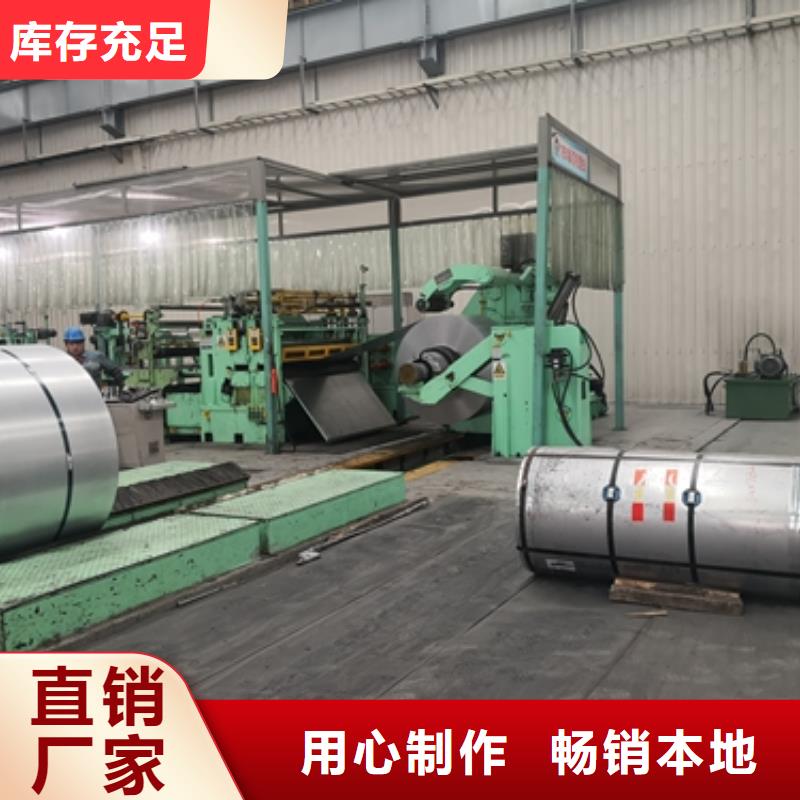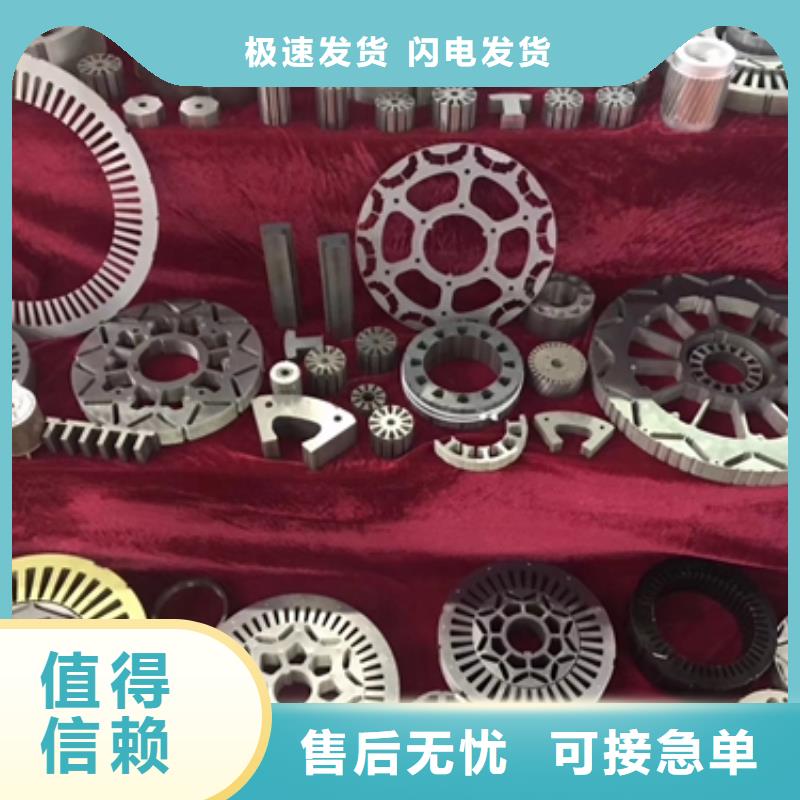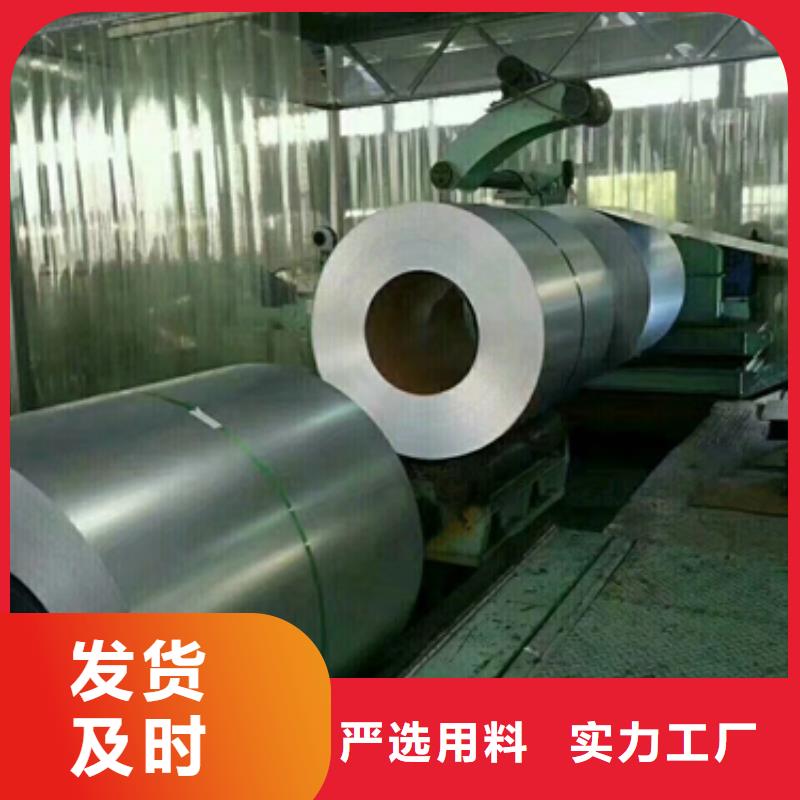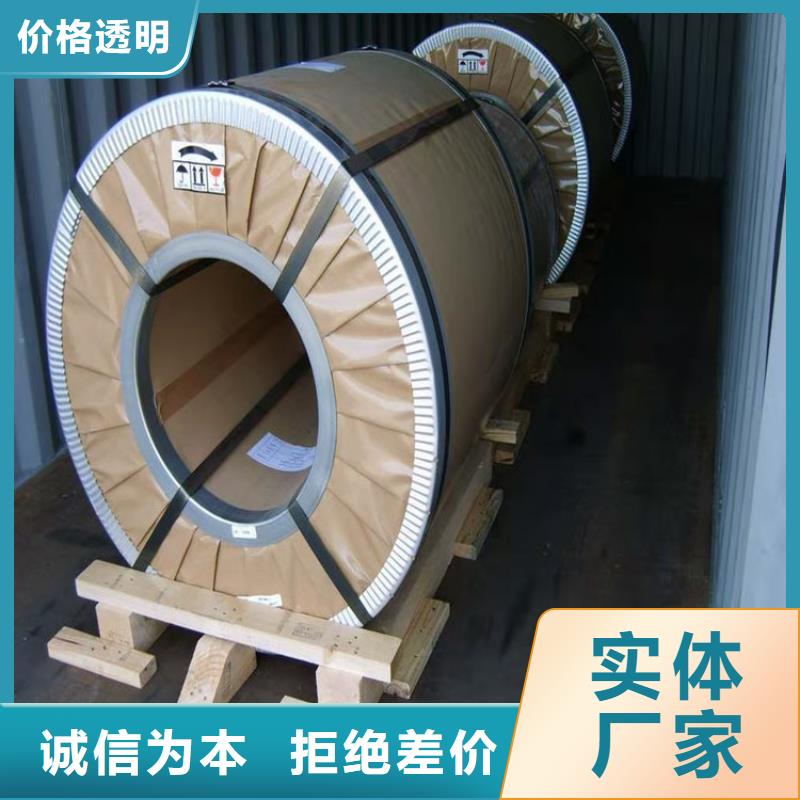想要更直观地感受宝武35WW270产品的魅力吗?那就赶紧点击视频,开启你的采购之旅吧!
以下是:宝武35WW270的图文介绍
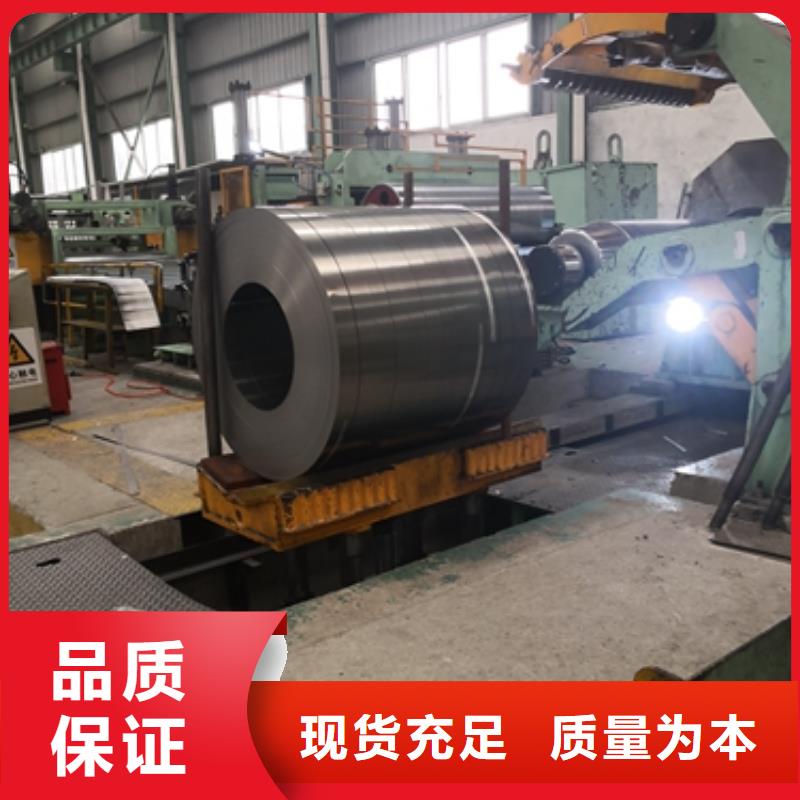

电工钢硅钢片当磁极化强度随时间按正弦规律变化,其峰值为某一标定值,变化频率为某一标定频率时,单位长度电工钢片(带)沿磁化方向上发生磁致伸缩所引起的表面振动声压水平为 A 计权磁致伸缩速度水平。3.5 表面绝缘电阻 surface insulation resistance在规定条件下所测得的直流电阻,即产品在加直流电压,经过一定时间极化过程后,流过带钢(片)表面的泄漏电流对应的电阻,其符号为 C,单位为Ω·mm2/面或Ω·cm2/面。3.6 层间电阻 inter-lamination resistance产品叠片间,即上、西藏山南本地下两个表面的绝缘电阻,称为层间电阻,其符号为 RA,理论上是表面绝缘电阻的 2 倍,单位为Ω·mm2/片或Ω·cm2/片。4 分类本文件的材料的等级是根据磁极化强度在1.7T、西藏山南本地频率在50Hz下的 比总损耗名义值P1.7/50(W/kg)、西藏山南材料公称厚度进行牌号分类,并按产品特性和特殊用途,细分为普通型、西藏山南高磁极化强度型、西藏山南磁畴细化型、西藏山南耐热磁畴细化型、西藏山南低噪声型、西藏山南配电变压器专用型、西藏山南特高压变压器专用型、西藏山南无涂层型八类。

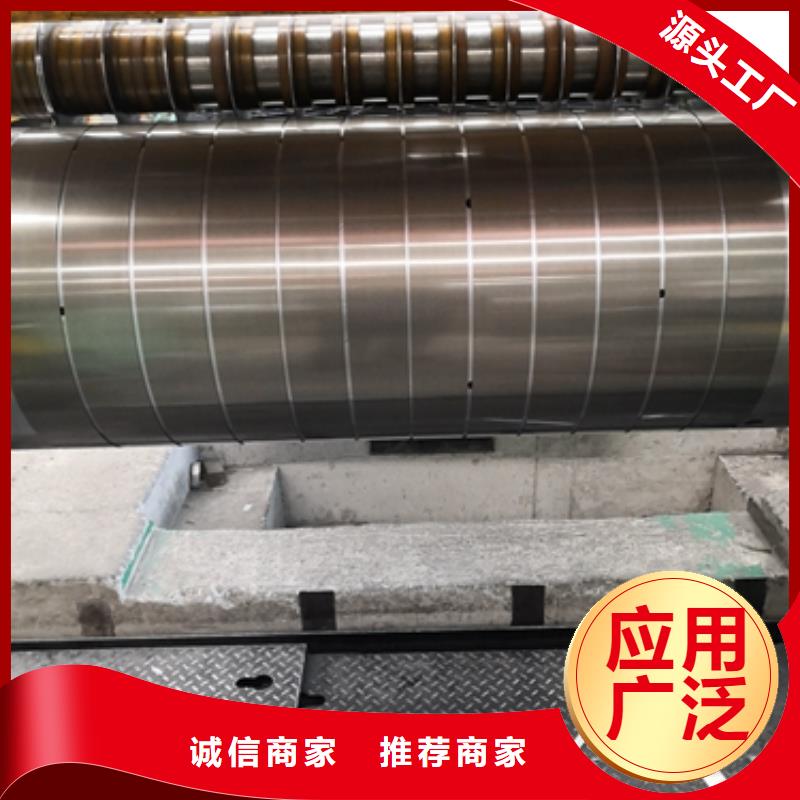
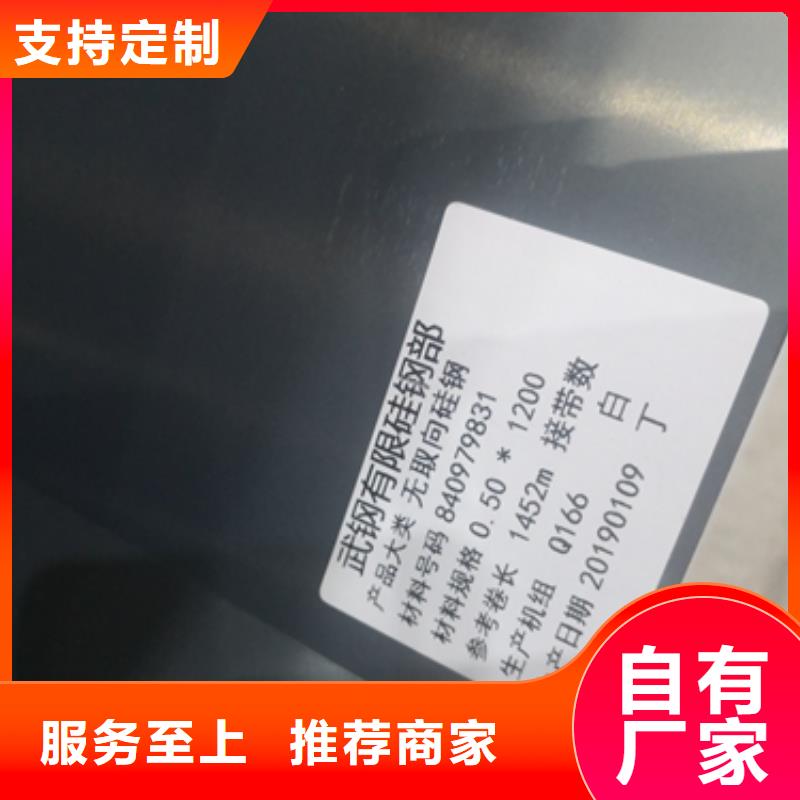
电工钢硅钢片本文件规定了公称厚度为 0.18mm、西藏山南本地0.20mm、西藏山南本地0.23mm、西藏山南本地0.27mm、西藏山南本地0.30mm 和 0.35mm 全工艺冷轧取向电工钢带的定义、西藏山南本地分类和代号、西藏山南本地尺寸、西藏山南本地外形、西藏山南本地重量、西藏山南本地磁性能、西藏山南本地检验和试验、西藏山南本地包装、西藏山南本地标志及质量证明书等要求。本文件适用于宝山钢铁股份有限公司生产的以终退火状态交货的全工艺冷轧取向电工钢带(以下简称产品)。2 规范性引用文件下列文件中的内容通过文中的规范性引用而构成本文件必不可少的条款。其中,注日期的引用文件,仅该日期对应的版本适用于本文件;不注日期的引用文件,其 版本(包括所有的修改单)适用于本文件。GB/T 228.1 金属材料拉伸试验 部分:室温实验法GB/T 247 钢板和钢带包装、西藏山南本地标志及质量证明书的一般规定GB/T 2521.2 全工艺冷轧电工钢 第 2 部分:晶粒取向钢带(片)GB/T 2522 电工钢片(带)表面绝缘电阻、西藏山南本地涂层附着性测试方法GB/T 2900.60 电工术语 电磁学GB/T 3655 用爱泼斯坦方圈测量电工钢片(带)磁性能的方法GB/T 4340.1 金属材料维氏硬度试验 部分:试验方法GB/T 8170 数值修约规则与极限数值的表示和判定GB/T 9637 电工术语磁性 材料与元件GB/T 13789 用单片测试仪测量电工钢片(带)磁性能测量方法GB/T 17505 钢及钢产品 交货一般技术要求GB/T 18253 钢及钢产品检验文件的类型GB/T 19289 电工钢片(带)的密度、西藏山南本地电阻率和叠装系数的测量方法YB/T 4292 电工钢带(片)几何特性测试方法Q/BQB 400 冷轧产品的包装、西藏山南本地标志及检验文件IEC 60404-8-7Magnetic materialsSpecifications for individual materials – Cold-rolled grain-orientedelectrical steel strip and sheet delivered in the fully-processed stateIEC/TR 62581-2010 Methods of measurement of the magnetostriction characteristics by meansof single sheet and Epstein test specimens3 术语和定义GB/T 2521.2、西藏山南本地GB/T 2900.60、西藏山南本地GB/T 9637 和 YB/T 4292 界定的以及下列术语适用于本文件。

电工钢硅钢片Electrical steel, also known as silicon steel sheet, is an indispensable metal material in the power, electronics, and military industries, and is also the largest functional material in production. It is mainly used as the iron core for various motors, generators, and transformers. Since it is a functional material, its performance testing also revolves around "function". These indicators are often mentioned in trade and processing processes, and a brief understanding can help everyone better carry out their work. The performance testing of electrical steel mainly includes the following aspects: magnetic inspection, stacking coefficient inspection, coating adhesion inspection, repeated bending inspection, size and shape surface inspection, and conventional mechanical property inspection. In addition to the types of products listed above, there are also some special purpose electrical steel plates, such as 0.15 and 0.20mm thick 3% Si cold-rolled non oriented silicon steel strips and 0.025, 0.05, and 0.1mm thick 3% Si cold-rolled oriented silicon steel strips, which are used as intermediate and intermediate grade High frequency motors and transformers, as well as pulse transformers, etc; 0.7mm thick 3% Si high-strength cold-rolled non oriented silicon steel plate for relays and power switches; High strength cold-rolled electrical steel plate for new high-speed motor rotors; Low carbon electrical steel hot-rolled thick and cold-rolled plates for magnetic shielding and high-energy accelerator electromagnets such as medical magnetic resonance tomography scanners; 4.5% to 6.5% Si high silicon steel plates for high-frequency motors, transformers, and magnetic shielding.
Generally, motors, transformers, and other electrical components are required to have high efficiency, low power consumption, small size, and light weight. Electrical steel plates are usually guaranteed to have magnetic properties based on core loss and magnetic induction strength. Magnetic induction strength is the number of magnetic lines passing through a unit cross-sectional area of the iron core, also known as magnetic flux density. It represents the material‘s magnetization ability, measured in T. The magnetic induction strength of electrical steel plates is high, and the excitation current (also known as no-load current) of the iron core is reduced. Copper and iron losses are also reduced, which can save electrical energy. When the power of the motor and transformer remains constant, the magnetic induction intensity is high, and the design Bm can be increased. The cross-sectional area of the iron core can be reduced, which reduces the volume and weight of the iron core, and saves the amount of electrical steel plates, wires, insulation materials, and structural materials used. This can reduce the total loss and manufacturing cost of the motor and transformer, and is beneficial for the manufacturing, installation, and transportation of large transformers and motors. The main requirements for the performance of silicon steel are:
1. Low iron loss is the most important indicator of the quality of silicon steel sheets. Various countries classify grades based on iron loss values, with the lower the iron loss, the higher the grade.
2. Under strong magnetic fields, the magnetic induction intensity (magnetic induction) is high, which reduces the volume and weight of the iron core of the motor and transformer, saving silicon steel sheets, copper wires, and insulation materials.
3. The surface is smooth, flat, and the thickness is uniform, which can improve the filling coefficient of the iron core.
4. Good lamination performance is more important for manufacturing micro and small electric motors.
5. The adhesion and weldability of the surface insulation film are good, which can prevent corrosion and improve the punching performan
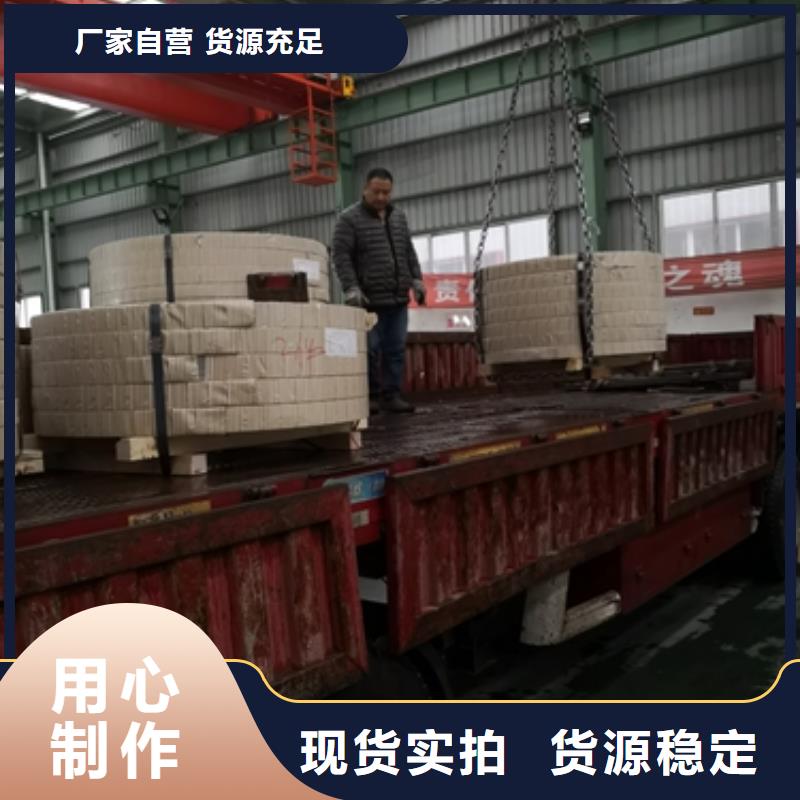
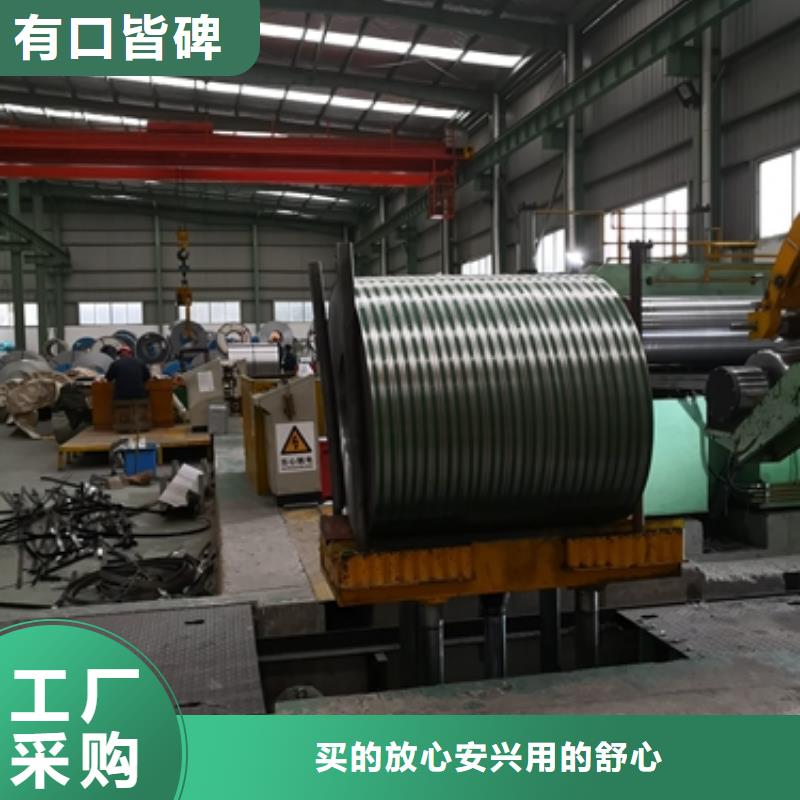
电工钢硅钢片含硅为1.0~4.5%,含碳量小于0.08%的硅合金钢叫做硅钢。它具有导磁率高、西藏山南同城矫顽力低、西藏山南同城电阻系数大等特性,因而磁滞损失和涡流损失都小。主要用作电机、西藏山南同城变压器、西藏山南同城电器以及电工仪表中的磁性材料。为了制造电器时满足冲剪加工的需要,还要求有一定的塑性。为了提高磁感性能,降低磁滞损耗,要求其有害杂质含量越低越好,并要求板型平整,表面质量好硅钢以铁芯损耗(简称铁损)和磁感应强度(简称磁感)作为产品磁性保证值。硅钢铁损低可节省大量电能,延长电机和变压器工作运转时间和简化冷却系统。由于硅钢铁损造成的电量损失占全年发电量的2.5%~4.5%,其中变压器铁损约占50%,1~100kW小型电机约占30%,日光灯镇流器约占15%。
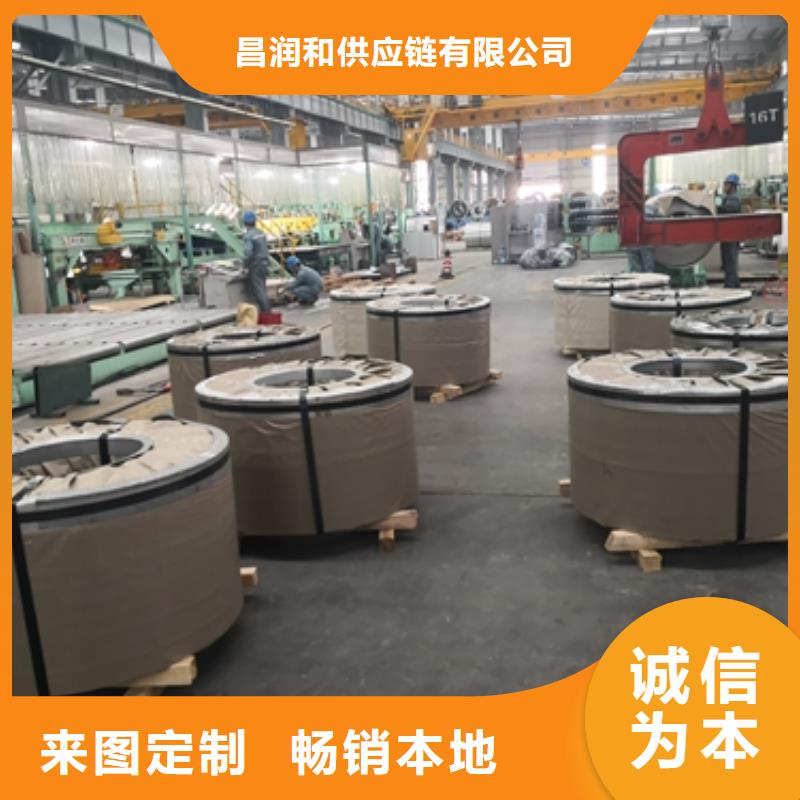
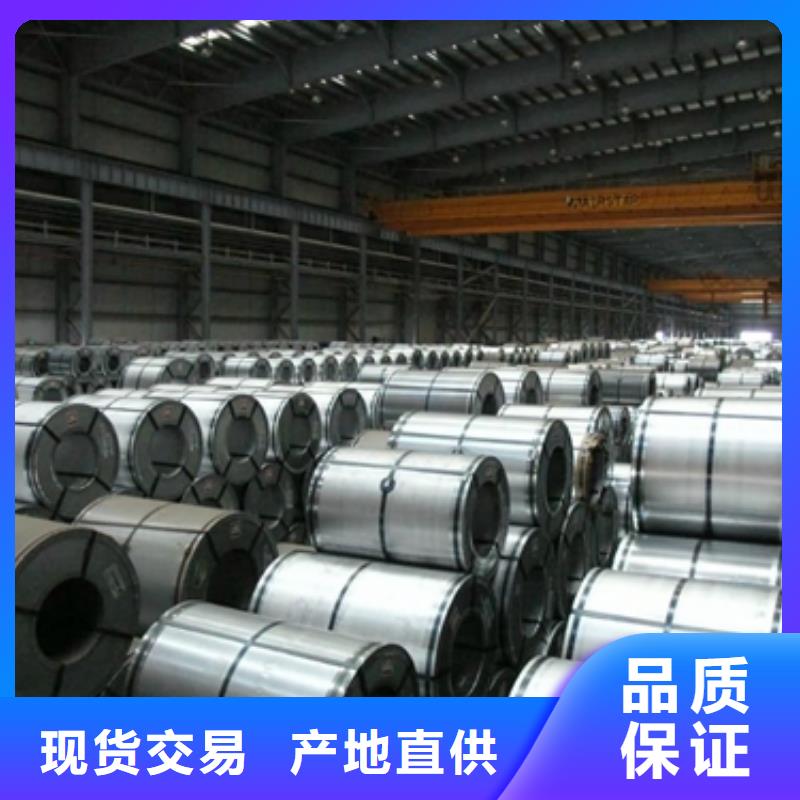

在 西藏山南汽车大梁钢产业蓬勃发展的今天,鹿程国际贸易有限公司“以科学的管理模式,雄厚的技术力量,完善的服务体系”对客户永不变的承诺,一定会在新世纪,“锐不可当,扬帆远航”,我们愿与您共同携手,互惠互利,共创辉煌!
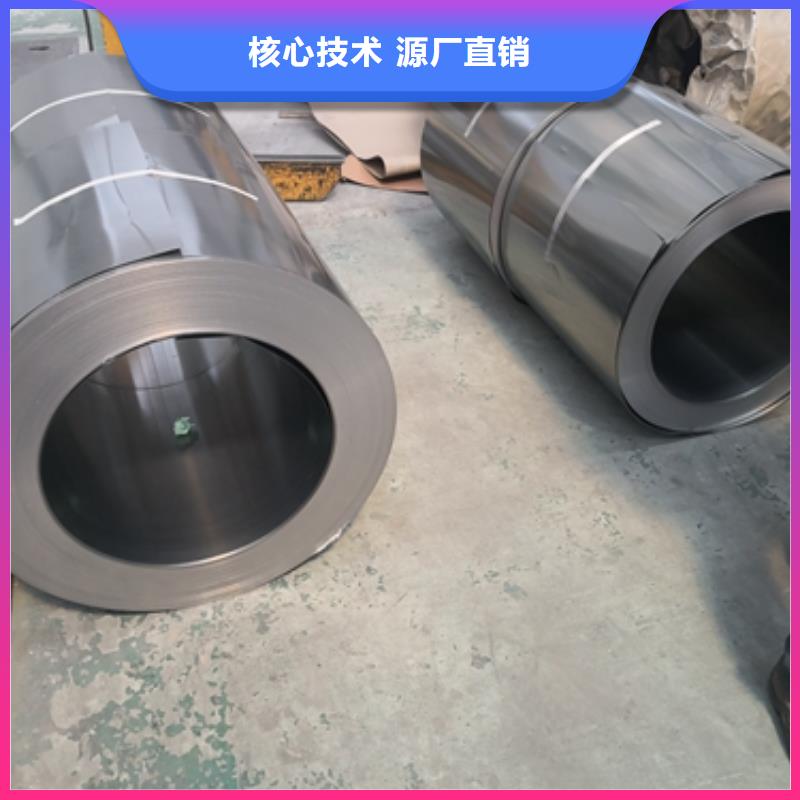
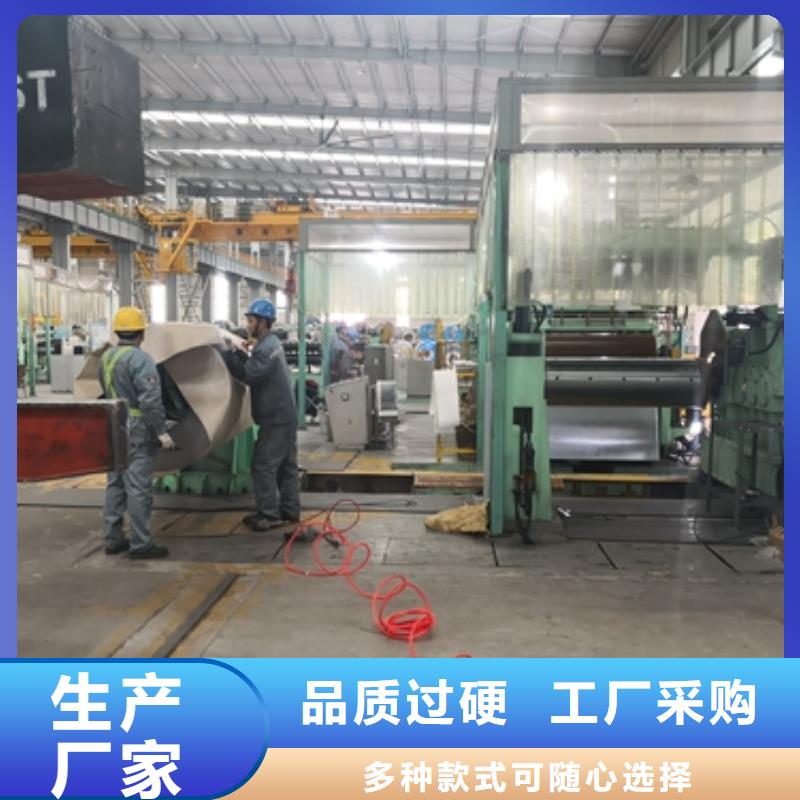
电工钢硅钢片硅钢是一种硅铁合金。用硅钢轧制的片材是电工领域中应用广的软磁材料,因而硅钢片又称电工钢片。硅钢片广泛用于电动机、发电机、变压器、扼流圈、电磁机构、继电器及测量仪表中电机工业大量使用厚度为0.35~0.50mm的硅钢片,用于:中型旋转机,压缩电机,通用马达,小型精密电机,电动汽车,压缩机,通用电机,电源变压器,精密变压器,节能电机,焊机变压器,稳压器,磁性密封器,加速器用电磁铁,汽车电机等;在电信高频技术中常用0.05~0.20mm的薄带钢片,以便更有效地降低涡流损耗。热轧硅钢片厚度为0.35~0.50mm,密度为7.55~7.70g/cm3,多用于大、中、小型交、直流电动机;冷轧无取向硅钢片厚度为0.35~0.50mm,密度为7.65~7.75g/cm3,多用于大型交流发电机、电动机,大、中、小型交、直流电动机;冷轧取向硅钢片厚度为0.23mm 0.27mm 0.3mm 0.35mm,密度为7.65g/cm3,多用于电力变压器、油浸式变压器,干式变压器,电抗器、磁放大器等;冷轧取向薄带厚度为0.05~0.20mm,多用于无线电高频变压器。。

